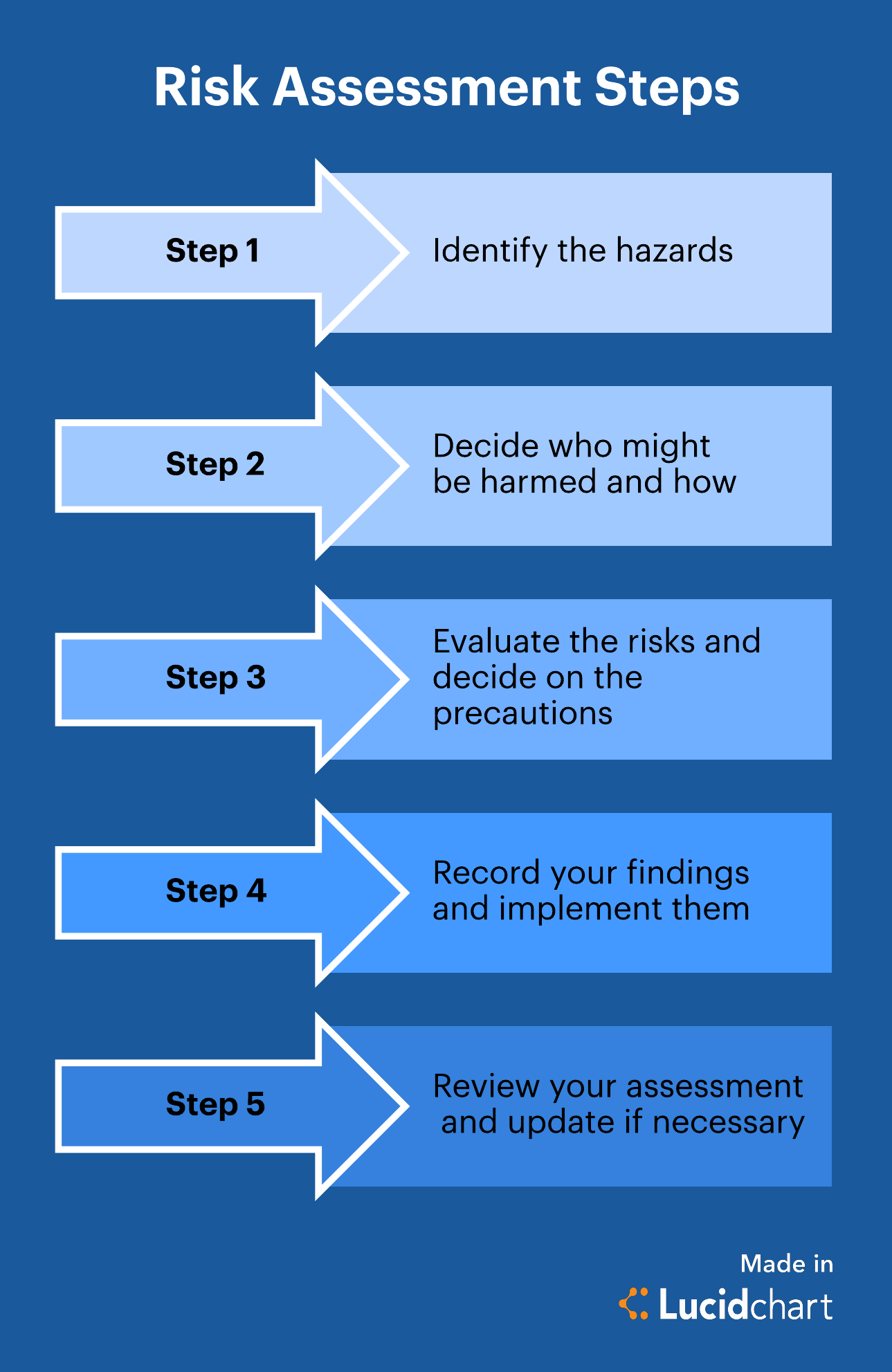Making Informed Decisions: A Step-by-Step Guide to Assessing Risk When Choosing Insurance Coverage

When it comes to choosing insurance coverage, many of us feel like we’re taking a shot in the dark. We know we need it, but we’re not always sure what we’re getting or if we’re getting enough. Assessing risk is a crucial part of the decision-making process, as it helps you determine the right level of coverage for your unique situation. In this guide, we’ll walk you through the process of assessing risk and provide you with the tools you need to make informed decisions about your insurance coverage.
Step 1: Identify Your Assets
The first step in assessing risk is to identify your assets. This includes your home, car, savings, and any other valuable possessions. Take stock of what you have and what you could potentially lose. Consider the replacement cost of each item, as well as the potential impact on your lifestyle if you were to lose them.
For example, if you’re a homeowner, consider the value of your home and the potential cost of repairing or replacing it if it were damaged or destroyed. If you’re a driver, consider the value of your car and the potential cost of repairing or replacing it if you were involved in an accident.
Step 2: Consider Your Lifestyle
Your lifestyle plays a significant role in assessing risk. Do you have a family to support? Do you have a mortgage or other financial obligations? Do you work from home or have a home-based business? These factors can impact your level of risk and influence the type of insurance coverage you need.
For instance, if you have a family to support, you may need more life insurance coverage to ensure their financial well-being in the event of your passing. Similarly, if you work from home, you may need business insurance to protect your assets and income.
Step 3: Evaluate Your Health
Your health is another critical factor in assessing risk. Do you have any pre-existing medical conditions? Do you engage in high-risk activities, such as extreme sports or travel? These factors can impact your level of risk and influence the type of insurance coverage you need.
For example, if you have a pre-existing medical condition, you may need more health insurance coverage to ensure you can afford treatment and care. Similarly, if you engage in high-risk activities, you may need more disability insurance coverage to protect your income in the event of an injury.
Step 4: Assess Your Financial Situation
Your financial situation is another key factor in assessing risk. Do you have a stable income? Do you have savings or investments? Do you have any outstanding debts or financial obligations?
For instance, if you have a stable income and savings, you may be able to afford higher deductibles or lower levels of insurance coverage. On the other hand, if you have outstanding debts or financial obligations, you may need more insurance coverage to protect your assets and income.
Step 5: Evaluate Insurance Options
Once you’ve assessed your risk, it’s time to evaluate insurance options. Research different types of insurance coverage, such as term life, whole life, health, disability, and home/auto insurance. Consider the pros and cons of each type of coverage and determine which ones are right for you.
For example, if you’re looking for life insurance coverage, consider the differences between term life and whole life insurance. Term life insurance provides coverage for a set period of time, while whole life insurance provides coverage for your entire lifetime.
Step 6: Review and Adjust
Finally, review and adjust your insurance coverage regularly. Your risk level and insurance needs can change over time, so it’s essential to stay on top of your coverage and make adjustments as needed.
For example, if you’ve recently married or had children, you may need to adjust your life insurance coverage to ensure their financial well-being. Similarly, if you’ve moved to a new home or started a new business, you may need to adjust your home or business insurance coverage to reflect your changing needs.
In conclusion, assessing risk is a critical part of choosing the right insurance coverage. By following these steps, you can make informed decisions about your insurance needs and ensure you have the right level of coverage to protect your assets and lifestyle. Remember to review and adjust your insurance coverage regularly to ensure it continues to meet your changing needs.




